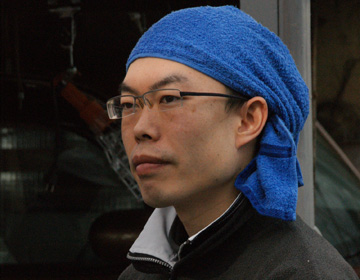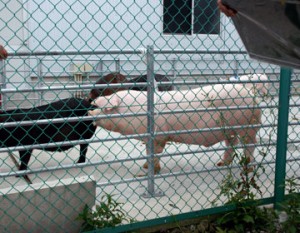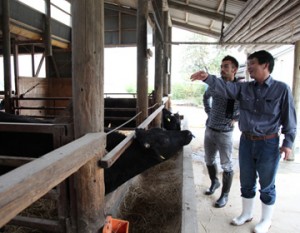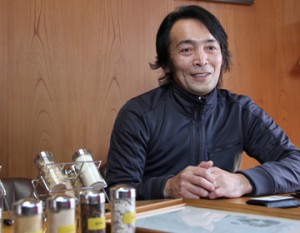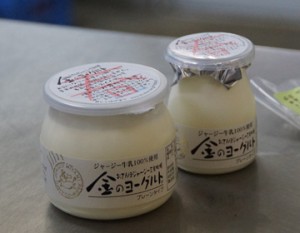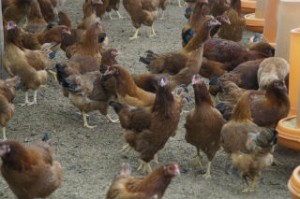Why ”Miyaji Buta” is so delicious.
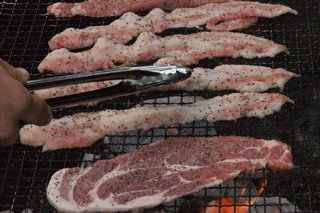
”Miyaji Buta” is pork without the smell, meat you can eat in large quantity. It is fatty meat that is so creamy, and the taste so delicate that you do not grow tired of eating it. Nakata inquired about the pig’s breed and found that it is a standard mix breed called ”sangen-kohaishu”. This is the most typical breed consumed in Japan.
Miyaji Buta is certainly delicious. The reason behind it is ”bloodline, feed, and rearing”. Great care is taken in rearing. Yusuke Miyaji, the head of the company told us, ”We take special care not to add any stress to the pigs.”
Siblings together in unity
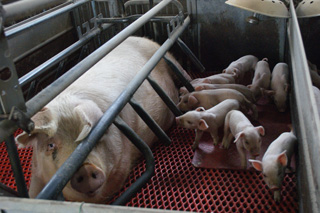
When animals live in herds, a hierarchy is usually formed according to power. In other words, they fight one other to determine who is the strongest. Pigs are no exception. If you put too many pigs in a sty, a hierarchy will form. You usually need to change the sty four times when raising pigs which means that they are exposed stress four times.
In order to delete the stress, Miyaji raises only piglets from the same litter in a single sty. Pigs usually give birth to a litter of about ten piglets. Miyaji only puts those ten piglets in a sty. It is very inefficient.
”We are raising ten piglets in a sty with enough room for twenty. It is very uneconomical, but I feel sorry for the them. Giving them unnecessary stress would of course, affect their taste. The pigs grow in a space within a sweep of an eye, stress-free. This reflects on the taste of their meat.
Creating a place for farmers to shine
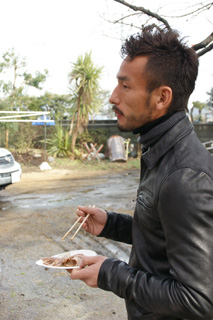
Apart from being a farmer, Miyaji is also the head of an NPO ”Noka-no-kosegare Network.” This organization is literally a nationwide group of the children of farmers, which aims to create a cooperative network of farmers. In light of the decrease in the number of successors, the NPO provides support to new farmers. ”We, the younger generation, want to vitalize agriculture,” in Miyaji’s words.
”So by finding people to join, you’re making a network of people to share the joy and challenges of farming?” asked Nakata. Miyaji replied, ”Yes, that is one of the main goals. Another objective is to make a network with different types of industries. If it is just farmers in the organization, there would be a lot of complaining just like office workers. But if we have people from different industries in the group, we may talk about proactive things like new products. I hope to be able to set the scene for this kind of development.”
Miyaji said that the type of crops or the methods to vitalize the community differ from region to region. There are no fixed formulas for agriculture or livestock. He wants to offer opportunities to synergize knowledge and passion gathered from all over the country, and by offering a platform to discuss various themes, he aspires to support the farmers.



